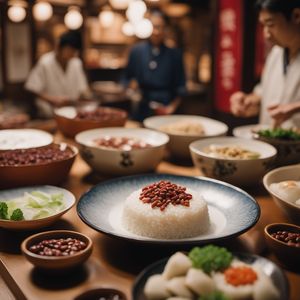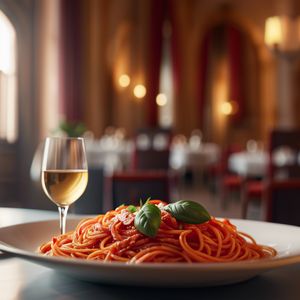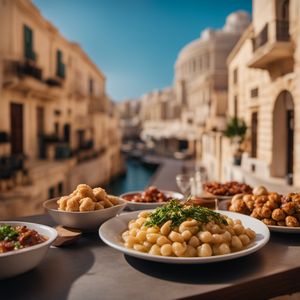
Dish
Papo de anjo
Papo de anjo is made by whisking egg yolks with sugar until they are light and fluffy. The mixture is then spooned into small molds and baked in the oven until they are golden brown. The resulting cakes are soft and spongy, with a slightly caramelized exterior. Papo de anjo is usually served cold and can be eaten plain or with a drizzle of honey or syrup.
Origins and history
Papo de anjo has been a popular dessert in Portugal for centuries, and is believed to have originated in the convents and monasteries of the country. The dessert was traditionally made with egg yolks that were leftover from the production of wine, which was a common industry in Portugal.
Dietary considerations
Papo de anjo contains eggs, so it is not suitable for people with egg allergies. It is also high in sugar and calories, so it should be consumed in moderation.
Variations
There are many variations of papo de anjo, some of which use different types of sugar or add ingredients like cinnamon or lemon zest for extra flavor. Some recipes also call for the addition of cream or butter for a richer texture.
Presentation and garnishing
Papo de anjo can be presented on a plate or in a small bowl, garnished with a sprinkle of powdered sugar or a drizzle of honey. It is important to let the cakes cool completely before removing them from the molds to prevent them from falling apart.
Tips & Tricks
Whisking the egg yolks and sugar until they are light and fluffy is key to making a good papo de anjo. Be sure to use a hand mixer or stand mixer to achieve the right texture.
Side-dishes
Papo de anjo can be served on its own as a dessert, or alongside sweet treats like fruit or ice cream. It is also commonly served with a glass of port wine or a cup of coffee.
Drink pairings
Papo de anjo pairs well with sweet and fortified drinks like port wine or sherry. It can also be enjoyed with a cup of tea or coffee.
Delicious Papo de anjo recipes
More dishes from this category... Browse all »

Aamras
Indian cuisine

Aasmi
Indian cuisine

Agra petha
Indian cuisine

Aiyùbīng
Taiwanese cuisine

Ajdnek
Slovenian cuisine

Akafuku
Japanese cuisine

Akanés
Greek cuisine

Akumaki
Japanese cuisine
More cuisines from this region... Browse all »

Balkan cuisine
Savory, Spicy, Herbaceous, Tangy

Cypriot cuisine
Salty, Tangy, Savory, Herbaceous, Citrusy

Gibraltarian cuisine
Fresh, Light, Tangy, Savory

Italian cuisine
Savory, Rich, Bold, Tangy, Herbaceous

Maltese cuisine
Fresh, Flavorful, Aromatic, Balanced, Hearty

Sammarinese cuisine
Savory, Rich, Flavorful, Herbaceous, Earthy

Spanish cuisine
Bold, Spicy, Savory, Tangy, Sweet

Turkish cuisine
Spicy, Flavorful, Meat-forward

